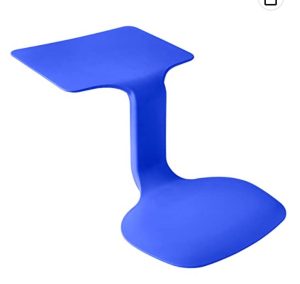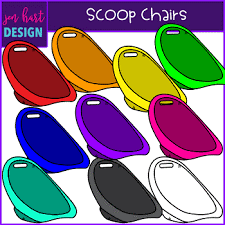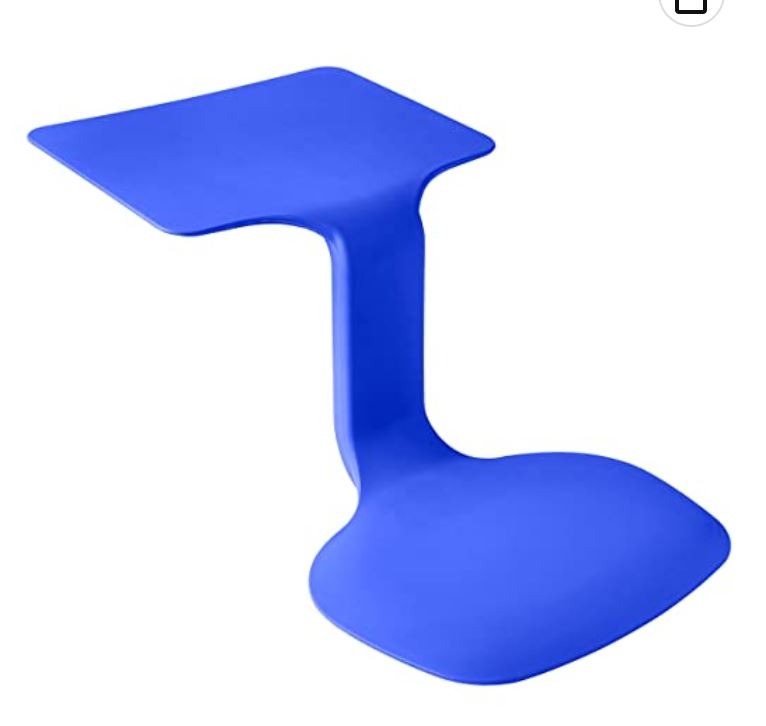Student Contributor: K. Reed
 The portable desks tool is meant to help best support student learning by giving them the freedom to move from their usual seating. If students need to be closer to the whiteboard to see or farther from their peers to minimize distractions, they are able to do just that.
The portable desks tool is meant to help best support student learning by giving them the freedom to move from their usual seating. If students need to be closer to the whiteboard to see or farther from their peers to minimize distractions, they are able to do just that.
When introducing this tool, it is important to set expectations so that the portable desks are not misused. Once students understand the expectations of using the portable desks, the teacher should allow students to move to best support their learning as needed. Portable desks can be made from many different materials. In my classroom, we use scoop chairs and clipboards. If students are trying to work and their table is too loud, they can move to a quieter area of the classroom. If they are struggling to see what is on the board, they can move closer. This tool allows gives students the flexibility and freedom to move wherever they need to be most successful.
 I placed the portable desk tool in the supportive phase because it is meant to support student learning and success. There are many benefits to the seating arrangement we have in our classroom where students sit in groups of four to encourage collaboration. However, this arrangement is not ideal for every situation and that is where the portable desks come in. This tool also relates to the preventative phase because it helps prevent issues from arising when students struggle with their assigned seating. This tool fits best with the student directed and collaborative Theory of Influence because students make the decision to move when it is best for them. It is also collaborative because students have to follow the expectations created by the class to use the portable desks or they will be moved or lose the opportunity for part of the day or the rest of the day.
I placed the portable desk tool in the supportive phase because it is meant to support student learning and success. There are many benefits to the seating arrangement we have in our classroom where students sit in groups of four to encourage collaboration. However, this arrangement is not ideal for every situation and that is where the portable desks come in. This tool also relates to the preventative phase because it helps prevent issues from arising when students struggle with their assigned seating. This tool fits best with the student directed and collaborative Theory of Influence because students make the decision to move when it is best for them. It is also collaborative because students have to follow the expectations created by the class to use the portable desks or they will be moved or lose the opportunity for part of the day or the rest of the day.
More Information –
Tool Source: This idea was given to me by my mentor teacher



I was placed at an urban school with 13 first graders. My mentor teacher put these into place in her classroom at the beginning of the school year before I was even placed. She explained to me that she had to teach her students how to use the portable desks in order to avoid students getting injured or even injuring others. I asked her when the students use them, and she said that they use them if they’re doing any activity or assignment that involves writing and they’re having trouble seeing the board or projector. My mentor teacher established good expectations for this supportive phase tool and hasn’t had any problems because students know when and how to use them. The success that I see in the classroom is students being able to adjust themselves to successfully learn and engage. The portable desks in my classroom look like the blue chair picture that was used for this page. She has more than enough of these chairs for each child but not all need them.